Radius Of A Postcode
Overview of a postcode:
A postcode is a combination of letters and numbers that is used to identify specific geographic regions and deliver mail efficiently. It serves as a sorting tool for postal services and helps facilitate the delivery of mail and packages to the correct locations. Postcodes are widely used in countries like the United Kingdom, Australia, and Canada, where they play a crucial role in effective mail delivery and geographical referencing.
Components of a postcode:
A postcode generally consists of several components that provide specific information about a geographic area. In the UK, for example, a postcode is made up of two main parts: the outward code and the inward code. The outward code represents a larger geographic area, such as a town or district, while the inward code represents a smaller area, such as a street or group of houses within that larger area.
Explanation of the radius concept:
The radius concept refers to the distance from a central point to the edges of a circle. When applied to postcodes, the radius represents the distance from the center of a specific postcode to its outer boundaries. By determining the radius of a postcode, we can understand the area it covers and identify the neighboring regions within that distance.
Importance of determining the radius of a postcode:
The determination of a postcode’s radius has several crucial implications. First and foremost, it helps postal services plan and optimize their mail delivery routes, ensuring efficient and timely delivery to all addresses within a given radius. Additionally, businesses and organizations can utilize the radius information to analyze market potential, target potential customers within a specific geographic area, and make informed decisions regarding expansion or relocation strategies.
Methods to calculate the radius of a postcode:
Several methods are available to calculate the radius of a postcode. The most common approach involves utilizing mapping tools or online applications specifically designed for this purpose. These tools often require the input of the desired postcode and the preferred radius distance, and they generate a corresponding boundary on a map, visually representing the designated area for the selected postcode.
Utilizing mapping tools to determine the radius of a postcode:
Mapping tools and online applications provide an easy and efficient way to determine the radius of a postcode. By using a specific postcode radius finder or a radius map, users can obtain accurate and detailed information about the area covered by a postcode. These tools often offer additional functionalities such as finding UK postcodes within a radius, generating a postcode map, population maps, and providing postcode lists, enabling users to access comprehensive data related to postcode radii.
Factors influencing the accuracy of radius calculations:
While mapping tools and applications offer a convenient way to determine the radius of a postcode, it is essential to consider certain factors that may affect the accuracy of these calculations. For instance, the chosen mapping tool’s data source, the method used for measuring distances, and the level of detail available within the mapping application can impact the precision of the radius calculations. It is important to be aware of these factors and validate the results with multiple sources when necessary.
Potential applications of knowing the radius of a postcode:
The knowledge of a postcode’s radius can be invaluable in various fields. For instance, in the retail sector, businesses can use this information to identify potential customers within a specific location, analyze market catchment areas, and optimize marketing campaigns accordingly. In the healthcare sector, radius calculations can aid in determining the coverage area of a medical facility, ensuring accessibility to patients within a certain distance. Local governments and city planners can benefit from understanding the radius of a postcode to make informed decisions about infrastructure development, resource allocation, and service provision.
Examples and case studies showcasing the use of postcode radii in various fields:
To further illustrate the practicality of postcode radii, let’s explore a few examples and case studies. In the retail industry, a clothing brand might use radius calculations to identify locations for new stores. By targeting postcodes with a high concentration of potential customers within a specific radius, the brand can strategically expand its physical presence and increase sales. In the healthcare sector, a hospital might determine the radius of a postcode to assess the accessibility of emergency care services for residents within that area. This information can help them allocate resources efficiently and make efforts to improve access for those living on the outskirts of urban centers.
In conclusion, understanding the radius of a postcode is vital for various applications in fields such as retail, healthcare, and urban planning. The ability to calculate the radius of a postcode using mapping tools and online applications allows businesses, organizations, and decision-makers to optimize their operations, target specific regions, and make informed choices. By utilizing postcode radius finders, radius maps, and other resources, individuals can access comprehensive data related to postcode radii, enabling better decision-making and resource allocation for their respective endeavors.
Graduate Employers Within A Radius Of Postcode
Does Google Maps Have Radius?
Google Maps is an incredibly useful tool that allows users to explore locations, plan routes, and discover nearby establishments. It provides detailed maps, satellite imagery, and street view perspectives. However, when it comes to determining the radius of a specific location, Google Maps does not directly offer this functionality. Nevertheless, there are workarounds and alternative methods one can employ to effectively calculate or visualize a radius on Google Maps.
While Google Maps doesn’t have a built-in radius feature, various external tools can assist users in achieving this. One popular option is Radius Around Point, a website that allows you to enter a specific location and determine a radius around it. This site utilizes the Google Maps API and provides an intuitive user interface to input coordinates or select locations visually. It then generates a circle on the map, representing the radius. Users can customize the circle’s radius in miles, kilometers, or other distance units to fit their requirements.
Another method to approximate a radius using Google Maps is by utilizing the measurement tool. This tool enables you to measure the distance between two or more points on the map accurately. By doing this, you can visualize the circumference of a circle with a central point and a fixed distance. Though it might involve a few additional steps compared to a dedicated radius tool, this method remains effective.
To create a radius using the measurement tool, first, open Google Maps and find your desired location. Next, right-click on the starting point and select “Measure distance.” A small dialog box will appear with a “+” symbol. Simply click on different points on the map to form the circumference of the circle. As you add points, the measurement of the distance will be displayed progressively. Once you have completed the circle, the value displayed will be the circumference of the circle you have created.
While this technique might be suitable for smaller circles or simple measurements, it can become more challenging for larger or more precise radii. In such instances, external radius tools offer more accurate results and convenient customization options.
FAQs:
1. Can I draw a radius on Google Maps?
Although Google Maps does not provide a direct feature to draw a radius, you can utilize external tools or the measurement tool within Google Maps to approximate and create a circle representing a radius.
2. How accurate are external radius tools?
External radius tools that utilize the Google Maps API tend to be very accurate. However, it’s important to consider that the accuracy of the radius will depend on the precision of the location data used by the tool.
3. Is there a limit to the size of the radius I can create?
The size of the radius you can create depends on the tool you’re using rather than Google Maps itself. Generally, these tools do not impose any specific limits on the size of the radius. However, extremely large radii might affect the performance or loading time.
4. Can I customize the units in which the radius is displayed?
Yes, external radius tools and the measurement tool within Google Maps typically provide options to customize the units of measurement. You can choose between miles, kilometers, and other distance units according to your preference.
5. Are there any mobile apps that offer radius features?
Yes, several mobile applications provide radius features. Some popular apps include Radius on Map and Easy Radius Map. These applications offer similar functionality as online radius tools for desktop use but are tailored for mobile devices.
In conclusion, while Google Maps does not have a built-in radius feature, there are external tools and workarounds you can utilize to create circles representing radii. Websites like Radius Around Point or the measurement tool within Google Maps are effective alternatives. These allow users to define a radius and visualize it accurately. By employing these tools, users can more effectively utilize Google Maps for a wider range of purposes.
How Far Is 1 Km Away?
When it comes to determining distances, the metric system is widely used around the world. One of the most commonly used units of measurement is the kilometer (km). Understanding how far 1 km is and its practical applications can be beneficial in various aspects of our daily lives. In this article, we will delve into the topic and explore the different ways to visualize and comprehend this distance.
Defining 1 km:
A kilometer, often abbreviated as km, is a unit of length in the metric system. It is equal to 1,000 meters or approximately 0.62 miles. The term “kilometer” is derived from the Greek words “kilo,” meaning thousand, and “metron,” meaning measure. In other words, 1 km represents one thousand meters, which is equivalent to 3,280 feet.
Visualizing 1 km:
To better understand the distance of 1 km, let’s put it into perspective. Imagine a typical running track used for competitions. Most running tracks are precisely 400 meters long, which means that 1 km is equal to 2.5 laps around the track. In other words, if you were to run around the track four times, you would have covered a distance of approximately 1 km.
Another way to visualize 1 km is to consider that a typical city block is approximately 100 meters long. Thus, 10 city blocks would amount to roughly 1 km. Next time you’re walking in the city, try counting the city blocks to give yourself a better sense of the distance you’ve traveled.
Additionally, if you picture a standard Olympic swimming pool, it is usually around 50 meters long. To cover the distance of 1 km, one would need to swim 20 laps in the pool. This helps to illustrate the magnitude of 1 km, especially when considering the effort required to cover this distance in different sporting activities.
Practical applications:
Understanding the distance of 1 km has numerous practical applications in our daily lives. One of the main areas where it becomes relevant is in determining the proximity of locations, whether it be for travel, navigation, or estimating time required to reach a destination.
For example, when planning a road trip, knowing that a certain city is 100 km away can help in estimating the duration of the journey. Assuming a typical driving speed of 60 km/h, one can roughly calculate that reaching the destination would take around 1 hour and 40 minutes.
Furthermore, with the growing popularity of health and fitness apps, many individuals track their walking, running, or cycling activities. Having a sense of distance is crucial, as it allows users to set goals and keep track of their progress. By knowing that, for instance, your favorite park is 1 km away, you can plan your daily jogging routine accordingly.
FAQs:
1. How long does it take to walk 1 km?
The time it takes to walk 1 km can vary depending on the individual’s speed. On average, a brisk walk of approximately 5 km/h can cover 1 km in around 12-15 minutes.
2. How far can a car travel on 1 liter of fuel?
The distance a car can travel on 1 liter of fuel differs depending on various factors such as the vehicle’s fuel efficiency, speed, and weight. On average, a car can cover around 15-20 km per liter.
3. How many steps are in 1 km?
The number of steps taken in 1 km varies based on a person’s stride length. On average, for an adult with an average stride length, it would take around 1,250-1,500 steps to walk 1 km.
4. Is 1 km a long distance?
Whether 1 km is considered long or short depends on the context. In terms of running or walking, it is a relatively short distance. However, when it comes to driving or traveling by other means, it may be considered a moderate distance.
In conclusion, having a clear understanding of how far 1 km is and being able to visualize and comprehend this distance is essential in various aspects of our lives. Whether it be for travel, sports, or general knowledge, being able to gauge distances accurately is a valuable skill. So, next time you hear or read about a destination being 1 km away, you’ll have a better idea of the distance involved.
Keywords searched by users: radius of a postcode postcode radius finder, Radius map, find uk postcodes within a radius, Map ie, postcode map, Population map, postcode lists, uk postcode map
Categories: Top 12 Radius Of A Postcode
See more here: nhanvietluanvan.com
Postcode Radius Finder
In today’s interconnected world, location-based information has become an essential aspect of various industries. Whether you’re a business owner looking to target specific areas or simply trying to find services near your location, having accurate and reliable location data is crucial. This is where postcode radius finders come into play.
What is a Postcode Radius Finder?
A postcode radius finder is a tool that allows users to search for locations within a certain distance from a specific postcode or address. It helps streamline the process of finding nearby businesses, services, or any location-based information. By utilizing this tool, users can input a postcode or address and define a radius in miles or kilometers, and the finder will generate a list of relevant locations that fall within that specified radius.
How Does a Postcode Radius Finder Work?
Behind the scenes, postcode radius finders rely on a combination of geocoding and geospatial algorithms to provide accurate results. When a user inputs a postcode or address, the finder converts this information into geographic coordinates (latitude and longitude) using geocoding techniques. These coordinates act as reference points for the subsequent calculations.
The finder then calculates the distances between the reference point and other points within the defined radius. To accomplish this, it employs geometric and trigonometric formulas, such as the Haversine formula, which takes into account the curvature of the Earth, to ensure precise distance calculation. Once the finder determines which points fall within the defined radius, it presents the user with a list of relevant locations sorted by their distance from the reference point.
Benefits of Using a Postcode Radius Finder
Utilizing a postcode radius finder comes with numerous benefits. For businesses, it allows them to efficiently target their marketing efforts by identifying potential customers within a specific radius of their location. Likewise, customers can easily search for nearby businesses or services without having to manually browse through extensive directories.
Additionally, postcode radius finders enable users to discover areas with high concentrations of specific services or amenities. For instance, someone looking for a gym in their vicinity can use the finder to identify the areas with the highest number of gyms within a given radius. This information can be particularly helpful when making informed decisions about relocating or expanding a business.
Furthermore, these tools can assist emergency services, delivery companies, and other industries by optimizing routes and ensuring accurate service coverage. By knowing which locations fall within a certain radius, these organizations can prioritize their operations more efficiently.
Frequently Asked Questions (FAQs):
Q1: Are postcode radius finders free to use?
Ans: It depends on the provider. Some postcode radius finders offer basic functionality for free, while others may charge a fee for access to advanced features or larger search radii. However, many free options are available that cater to basic needs.
Q2: How accurate are postcode radius finders?
Ans: Postcode radius finders are generally highly accurate. However, the accuracy may depend on the data source and the provider’s algorithms. Most reputable postcode radius finders rely on reliable geospatial and geocoding techniques to ensure precision.
Q3: Can I search for locations based on places of interest rather than postcodes or addresses?
Ans: While postcodes and addresses are the most common search parameters, some postcode radius finders offer the option to search based on places of interest or landmarks. This allows users to find locations near well-known areas, such as parks, malls, or tourist attractions.
Q4: How wide can I define the search radius?
Ans: The search radius limit varies depending on the specific postcode radius finder. Some tools offer users complete flexibility in defining the radius, while others may have preset limits. It’s important to choose a finder that aligns with your specific requirements.
Q5: Can I export the results of my search?
Ans: Many postcode radius finders allow users to export the results of their search in various formats, such as CSV or Excel. This feature is particularly useful for businesses or organizations that may need to analyze or share the data.
In conclusion, postcode radius finders have revolutionized the way we search for location-based information. Whether you’re a business looking to target a specific area, or an individual searching for nearby services, these tools provide a quick and convenient way to find relevant locations within a specified radius. By leveraging accurate geospatial and geocoding techniques, postcode radius finders simplify the process of making location-based decisions, ultimately saving time and resources for users across various industries.
Radius Map
Introduction:
In today’s digital age, where location-based data and mapping tools play a pivotal role, a radius map has emerged as an indispensable tool for businesses, researchers, and even individuals. This comprehensive guide aims to explore the concept of a radius map, its applications, benefits, and everything else you need to know. So, let’s dive in!
Understanding Radius Maps:
A radius map, also known as a circle map or buffer map, is a graphical representation that displays an area within a specific radius around a chosen point. It provides a clear visual depiction of the coverage or proximity of a particular location or object. Radius maps are created using Geographic Information System (GIS) software, enabling users to draw circles around a central point and determine distances accurately.
Applications of Radius Maps:
1. Business Planning:
Radius maps have become irreplaceable tools for businesses across various industries. For instance, retailers use them to identify potential target markets, understand competition, and optimize store locations. By mapping trade areas, businesses gain insights into customer density, enabling them to tailor marketing efforts or plan new store openings effectively.
2. Real Estate:
Real estate agents can make the most of radius maps to locate properties within a specific distance from important amenities like schools, hospitals, or transport hubs. This aids prospective buyers in finding the most favorable properties that meet their requirements, contributing to quicker decisions and enhanced customer satisfaction.
3. Delivery Services:
Radius maps are valuable for delivery services, as they help determine the optimal delivery zones, plan routes, and estimate the time required for deliveries. Such maps ensure efficient operations and enable expansion without compromising on service quality.
4. Healthcare:
In the healthcare sector, radius maps are employed to analyze patient demographics, identify areas with high demand for medical services, and strategically place healthcare facilities or mobile clinics. This helps healthcare providers target the right population and ensure accessibility to quality care.
5. Research and Analysis:
Researchers and scientists heavily rely on radius maps to conduct studies involving geographical areas. A radius map allows them to differentiate patterns within proximity and evaluate the impact of specific variables over a given area. This data-driven approach assists in gaining a more comprehensive understanding of various phenomena.
Benefits of Radius Maps:
1. Visual Representation:
Radius maps provide a powerful visual representation of data, making it easier to comprehend spatial relationships, coverage, or distribution patterns. This aids decision-making processes by allowing users to observe and analyze at a glance.
2. Enhanced Efficiency:
By leveraging radius maps, businesses can streamline their operations, resulting in improved efficiency. Optimizing store locations, delivery routes, or resource allocation saves time, reduces costs, and enhances customer experiences.
3. Targeted Marketing:
Effective marketing campaigns rely on accurate targeting. With a radius map, businesses can identify and reach their key demographics more precisely. By understanding the density and characteristics of potential customers within a certain radius, companies can tailor advertising and promotional strategies.
4. Geo-Fencing and Notifications:
Radius maps can be integrated with technological advancements such as geo-fencing. This feature sends location-specific notifications or alerts to mobile devices, ensuring improved engagement and creating opportunities for targeted marketing or operational improvements.
FAQs:
Q: What level of accuracy can I expect from a radius map?
A: The accuracy of a radius map depends on the quality of the underlying data and the GIS software used. Generally, high-quality data and advanced software result in precise radius calculations.
Q: Can I plot multiple circles on a single map?
A: Absolutely! Most GIS software allows users to draw multiple circles with different radii and colors simultaneously. This enables users to visualize and compare coverage or proximity among various locations or points of interest.
Q: How can I create my own radius map?
A: To create a radius map, you will need GIS software, such as ArcGIS or Google Maps API. The software allows you to select a central point, specify the radius, and draw the circles. Alternatively, you could utilize online tools that offer simplified radius mapping functionalities.
Q: Can I create a radius map on my smartphone or tablet?
A: Yes, there are mobile applications available that offer radius mapping capabilities. These user-friendly apps allow you to create a radius map directly from your smartphone or tablet, providing convenience and accessibility on the go.
Conclusion:
In this digital era, where location-based data holds increasing importance, the radius map proves to be an invaluable tool for various industries and research fields. The ability to visualize relationships, create efficient plans, and optimize decision-making processes makes the radius map an essential asset. By harnessing its power, businesses can enhance operations, improve customer experiences, and achieve greater success in an increasingly competitive landscape.
Images related to the topic radius of a postcode
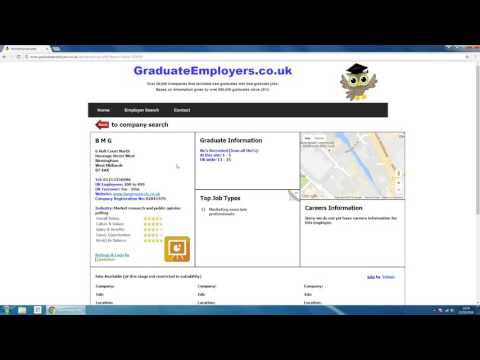
Found 30 images related to radius of a postcode theme

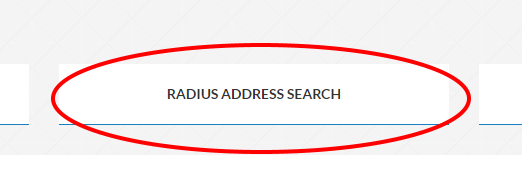


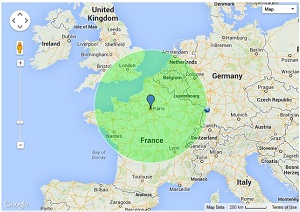



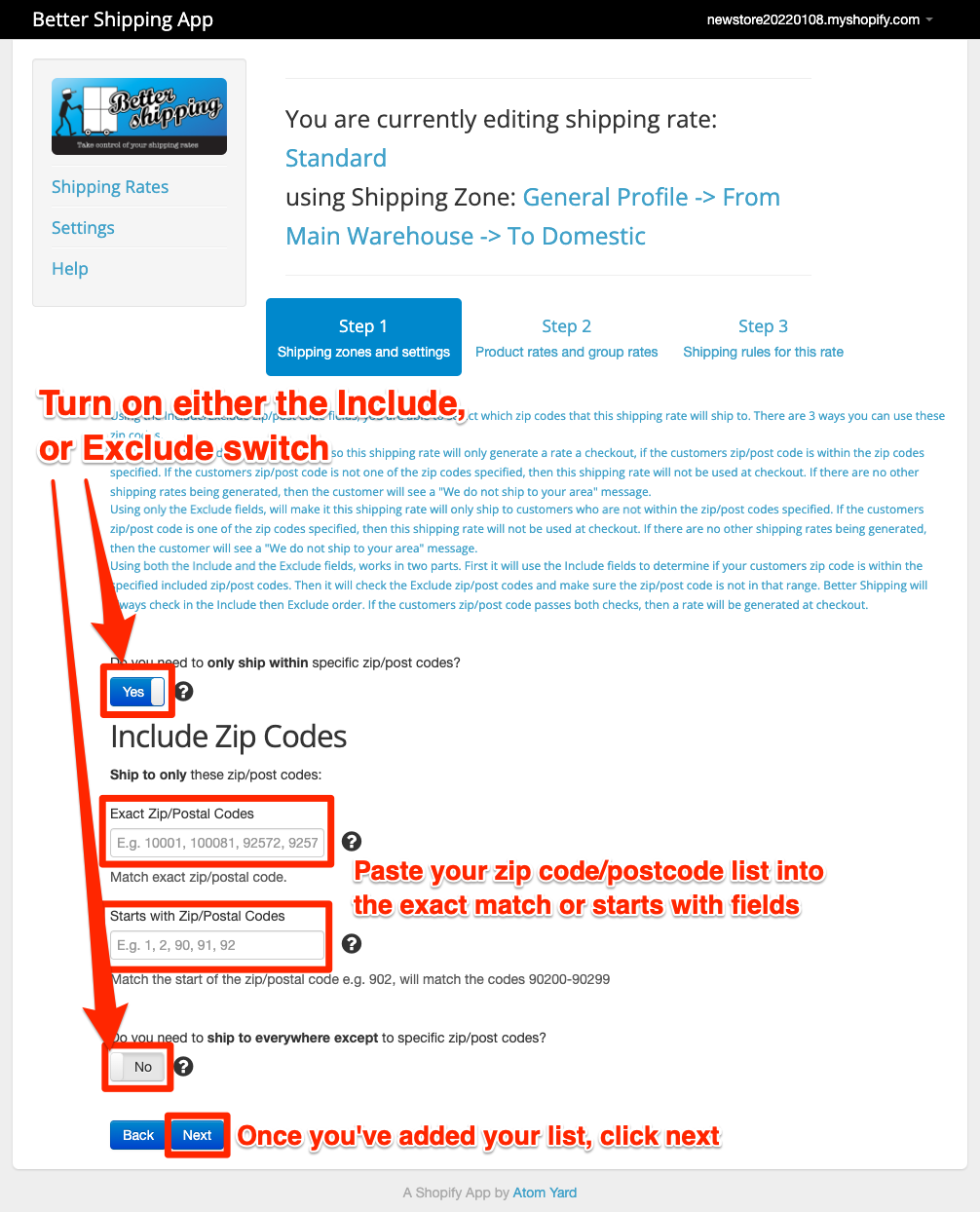
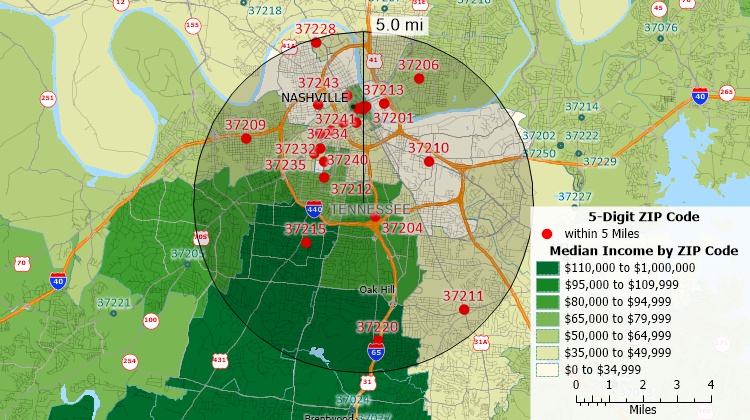

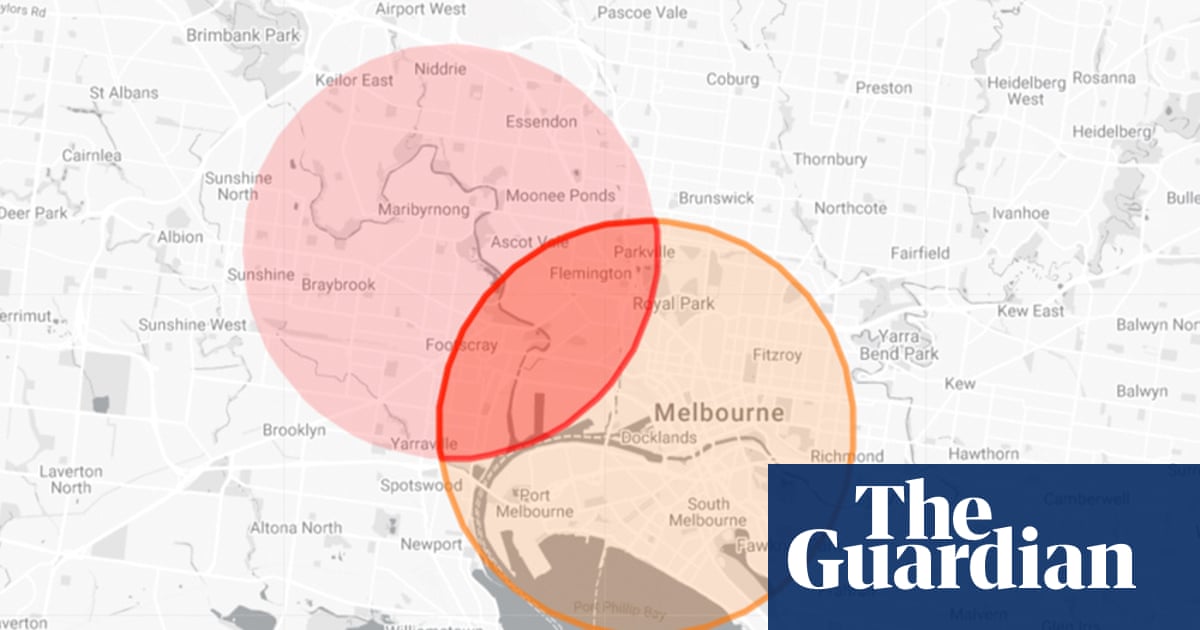

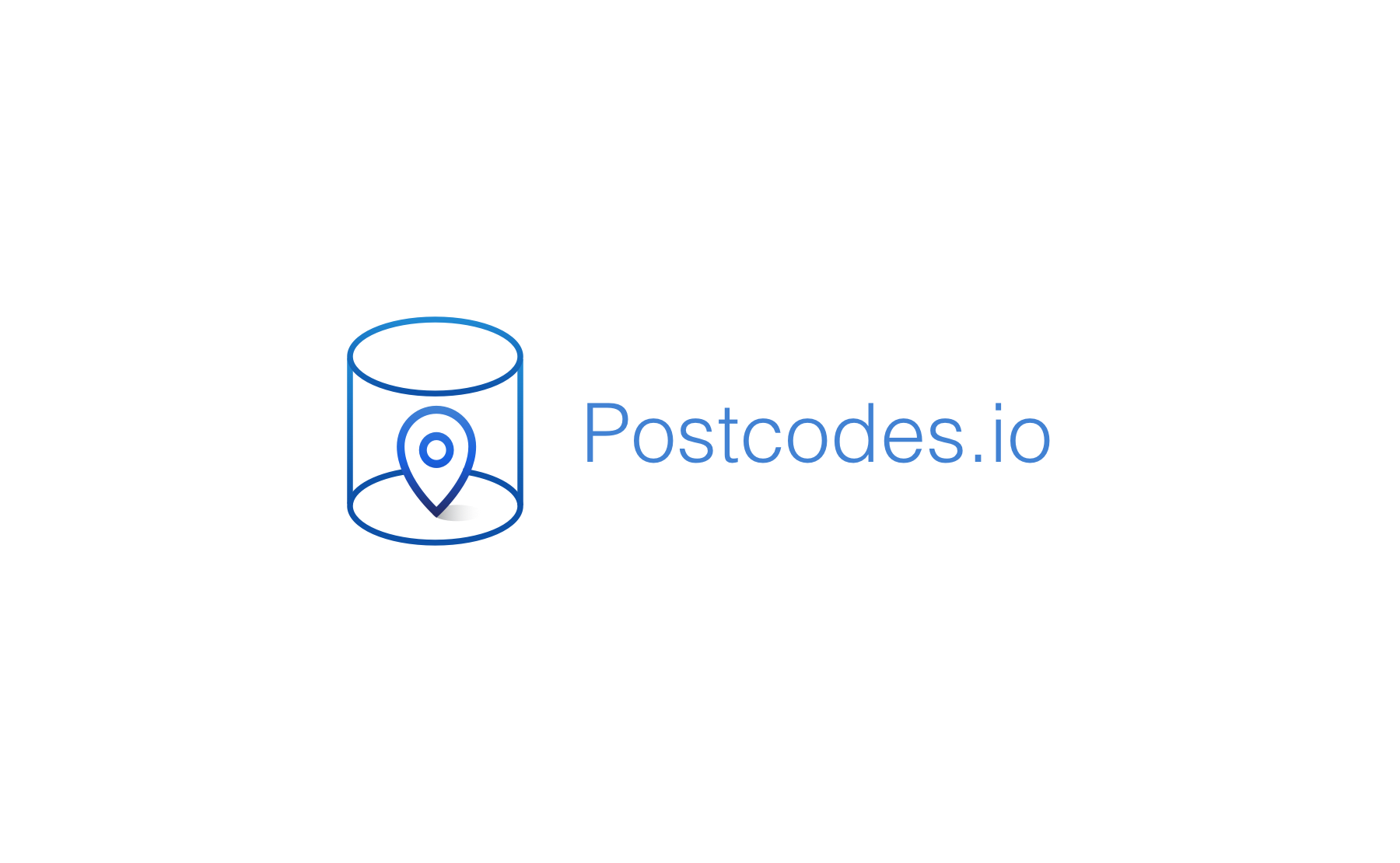

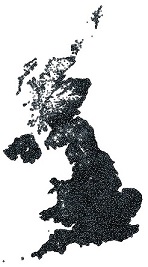
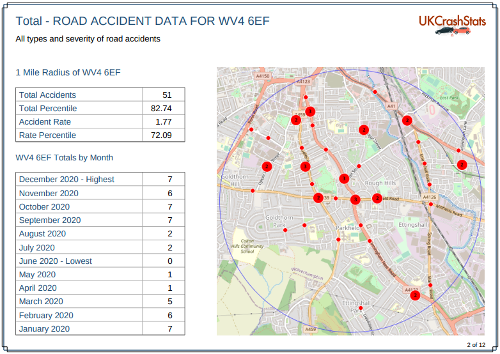
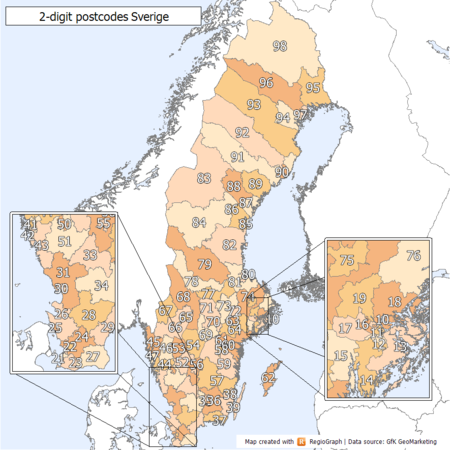

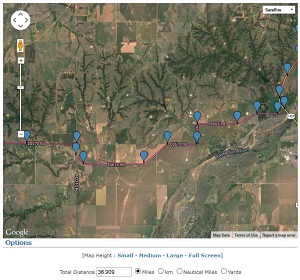


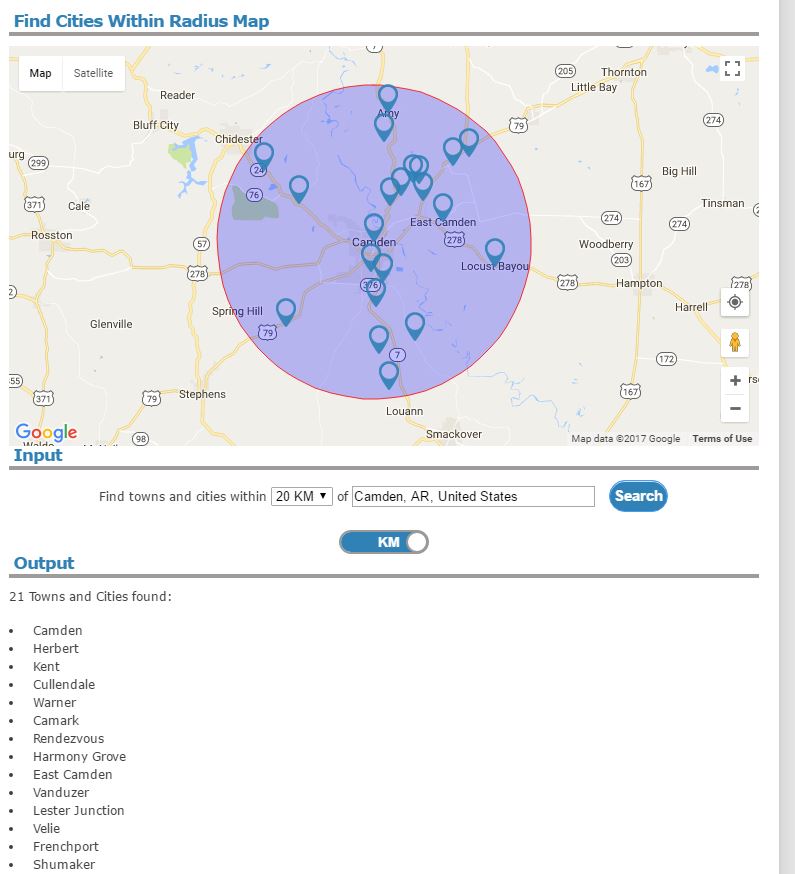


Article link: radius of a postcode.
Learn more about the topic radius of a postcode.
- Radius from UK Postcode
- How to Draw a Radius on Google Maps: A Step-by-Step Guide
- Kilometer | Definition, Measurement & Examples – Video & Lesson Transcript
- Free UK Postcode Tools & Postcode Lists – Selectabase
- Exploring Postcodes Within A Radius: A Comprehensive Guide
- Postcodes within a radius – London
- ZIP Code Radius Map
- Radius Calculator | Business Map Centre
- Postcodes within a radius
- Search Australian Postcodes by KM Radius or Draw Map …
See more: https://nhanvietluanvan.com/luat-hoc